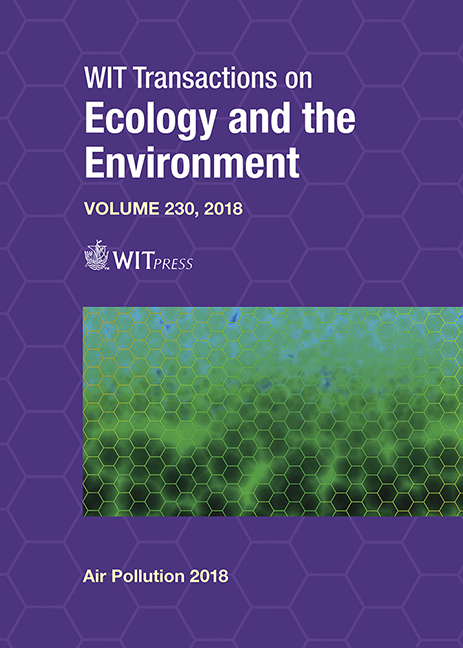REDUCING DISPARITIES WITHIN A REGION: NEW APPROACHES FOR IDENTIFYING AND ELIMINATING DISPARITIES IN AIR POLLUTION IN SAN FRANCISCO BAY AREA COMMUNITIES
Price
Free (open access)
Transaction
Volume
230
Pages
11
Page Range
453 - 463
Published
2018
Paper DOI
10.2495/AIR180421
Copyright
WIT Press
Author(s)
JACK P. BROADBENT
Abstract
The San Francisco Bay Area in California is home to over 7 million people, many of whom live in communities that experience elevated levels of toxic air contaminants due to their relative proximity to industrial and mobile sources of air pollution. The Bay Area Air Quality Management District (Air District), the regional air pollution control agency delegated to govern for the San Francisco Bay Area, has been working to reduce these toxic air contaminant levels over the past decade through the implementation of our Community Air Risk Evaluation (CARE) program. The CARE program is our framework for identifying areas within the region with worse-than-average air quality impacts. It combines science-based analysis of air quality disparities and a more collaborative style of community engagement. It has been used to establish targeted incentive programs and expanded stationary source regulations that strive to reduce health risks for our most socioeconomically vulnerable populations. The Air District is now embarking on a renewed effort to eliminate these risks by incorporating more recent air quality and population data into our analysis, by using new provisional strategies to enhance monitoring and modeling, by targeting regulations for large industrial sources of toxic air contaminants and creating additional incentives to clean up mobile sources of diesel particulate matter. This article describes these past and ongoing efforts and specific measures being taken to ultimately eliminate disparities in air pollution in the Bay Area.
Keywords
air, quality, control, communities, management, plan, strategy, local, sub-regional, disparity





